You know those moments when you feel ancient just scrolling through TikTok? Well, imagine being able to hunt, mate, and explore well past what we’d call “over the hill.” Turns out, in the wild, age is just a number—some animals stay busy and adventurous long after they’d retire if they had pensions. From elephant elders still rocking the savanna to glacier-aged whales leading family road trips, these critters prove that growing old doesn’t mean slowing down.
So before you hit snooze on your morning jog, check out these 11 legends of longevity showing us how it’s done—no memes or influencers required.
1. Albatross Legends of Lifelong Flight
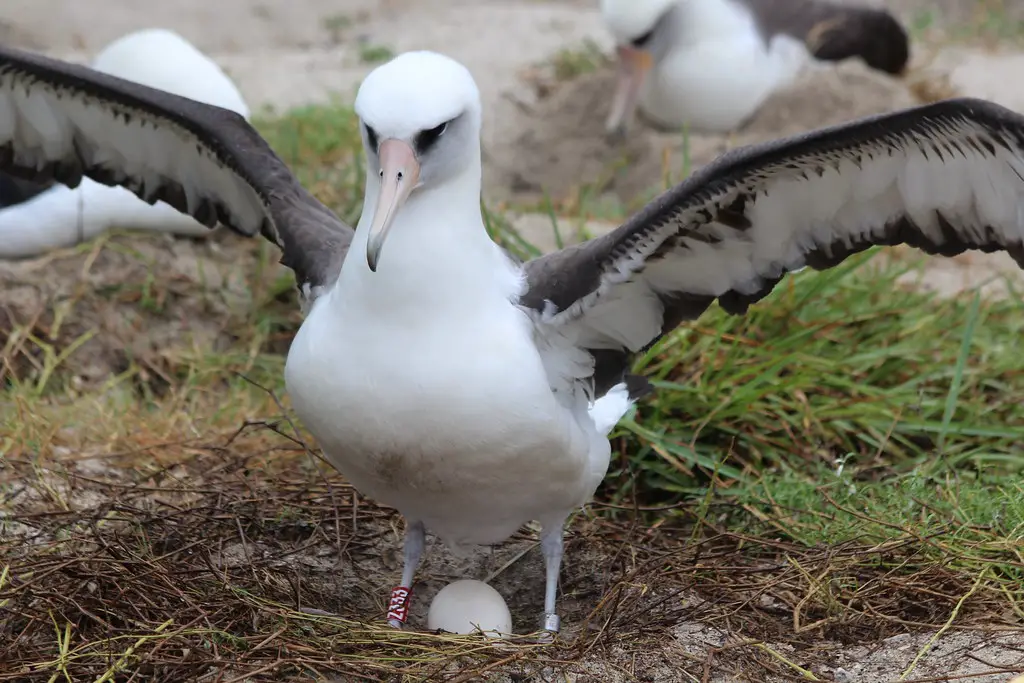
Albatrosses laugh at retirement—these seabirds can clock 60 years of air miles and still find love on the high seas. A Smithsonian Magazine feature highlights how individual albatrosses, some over 50 years old, return to their natal breeding grounds and court mates with the same vigor as fledglings. They’ve essentially turned the earth’s wind patterns into their personal commute, never really landing long enough to call it quits. During breeding season, even these elder birds strut elaborate dances to attract or reunite with long-term partners, which looks like a romantic ballet happening 10,000 feet above the waves.
Researchers tag and track them, marveling that their aerial stamina and navigation skills don’t wane as they age. It’s like watching your favorite college friend still rocking the party decades later—but instead of party, it’s a never-ending sky rave. Biologists are fascinated because albatross longevity defies the usual trade-off between reproduction and lifespan seen in many animals. Their ability to stay in peak condition hints at unique cellular repair mechanisms that could teach us about healthy aging. So next time you feel winded climbing the stairs, remember there’s likely an albatross somewhere still gliding effortlessly above a 20-foot swell.
2. Elephants That Refuse to Retire
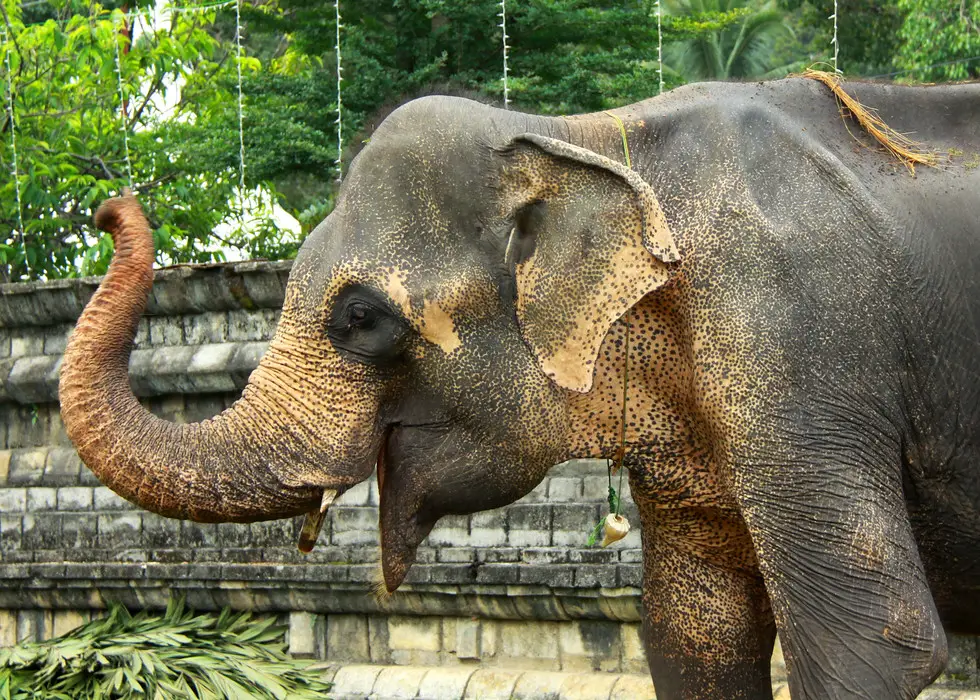
Elephants don’t get a gold watch at 60—they keep rolling with the herd and sometimes even have babies in their 50s. According to a recent ABC Science article, older female elephants sometimes give birth later than you’d expect, proving that menopause isn’t in their playbook. Matriarchs in their 60s still lead family groups, guiding younger generations to water holes and teaching them the social ropes. They’re basically the OG influencers of the savanna, dropping wisdom—and sometimes dropping calves—well past what any human might consider “retirement age.”
These grand dames of the animal world use decades of memory to navigate seasonal droughts, making their leadership invaluable. Plus, older bulls have been spotted chasing after estrous females well into their 50s, so they’re not exactly ready to hang up their tusks. Scientists think elephants’ delayed aging in reproductive function is a survival strategy, ensuring that experienced genes get passed on. All this means that if you’re ever feeling old, remember an elephant matriarch might still be sprinting circles around your workout routine. In short, when life gives elephants longevity, they keep mating, exploring, and running the show—no senior discount required.
3. Galapagos Tortoises on the Move

Galapagos tortoises are basically the chill retirees of the reptile world, with some cruising around their volcanic isles well past 100 years old. Zoo Guide explains that these old-timers still trek to fresh grazing grounds, reminding us that slow and steady doesn’t mean stagnant. Despite their reputation for moving at a snail’s pace, even centenarian tortoises can muster surprising bursts of energy when they spot a new grass patch or ripe cactus pad. They keep courting and mating, sometimes partnering with much younger tortoises, which is scandalous in tortoise society—age gaps be damned.
Conservationists estimate that some individuals roam for hours a day, exploring their natural habitats without any mobility aides. The reason they persist is partly due to a slow metabolic rate and efficient DNA repair, which slows aging down like a built-in time warp. Watching these elderly tortoises trundle across dusty plains shows you that age isn’t a stop sign—it’s a speed bump you can cruise right over. Plus, they still maintain social hierarchies, nudging younger tortoises out of prime feeding spots like feisty grandparents defending the remote control. In essence, if you see a Galapagos tortoise, you’re staring at the living embodiment of “age is just a number”: wise, wandering, and still in hot pursuit of the next succulent snack.
4. Bowhead Whales That Outlive Us All

Bowhead whales are essentially the Methuselahs of the ocean, cruising Arctic waters for over 200 years and still chomping on plankton like it’s their first Krill-and-Kale smoothie. ABC News reports individuals estimated to be up to 211 years old, still diving deep, navigating icy fjords, and showing up to the mating season with prime blubber. These ancient leviathans use their massive skulls to break through ice, proving that age doesn’t slow down their daily grind—even if they move at a more measured pace than dolphins. Their hunting style hasn’t changed in centuries: they skim the seafloor to gulp up dense patches of zooplankton, relying on baleen plates that can filter thousands of gallons of water in a single mouthful.
Researchers tag older bowheads and watch them continue migratory routes that span thousands of miles annually—an aqua-road trip that most humans can only dream of. Intriguingly, these whales show little age-related degeneration in cartilage and muscle, hinting at biological processes that stall the usual wear-and-tear. Studying them could unlock secrets to combating human degenerative diseases and ensuring our own joints don’t creak at 80. In whale terms, “extreme old age” can be a couple of centuries, and they’re still performing the same feats they did when the founders of the United States were toddlers. So next time you complain about feeling “old,” remember a bowhead whale might just be gliding beneath Arctic icebergs, still living its best life.
5. Lobsters That Don’t Know When to Quit

Lobsters have essentially discovered the fountain of youth—these crustaceans display negligible senescence, meaning they don’t show typical signs of aging, and scientists have even spotted giants in their 75th year still molting and mating. According to Natural History Museum, lobsters grow by shedding and regrowing their shells, and as long as they make it through the vulnerable molting process, they just keep on truckin’. They keep foraging on the ocean floor, scavenging whatever they can find—basically the ultimate zero-waste lifestyle. Even at what we’d call geriatric ages, they can still find a mate, because their reproductive systems remain robust and healthy.
Enzymes keep their cells from deteriorating, andtelomerase activity helps protect their DNA from the usual fraying seen in aging organisms. This has researchers salivating over the potential for human health applications: imagine if we could maintain cellular function as well as a lobster does for decades. Plus, lobsters have an unending appetite, grazing on mussels, fish, and algae with the same vigor as when they were teens. Their ability to regenerate lost claws or legs is just another reason they keep thriving well past their prime. So when you think about calling it quits at 65, remember there’s a lobster out there, plumbing ocean depths and living its best ageless life without a wrinkle in sight. Their motto? “Keep hunting, keep mating, and keep growing—forever.”
6. Crocodiles That Never Clock Out
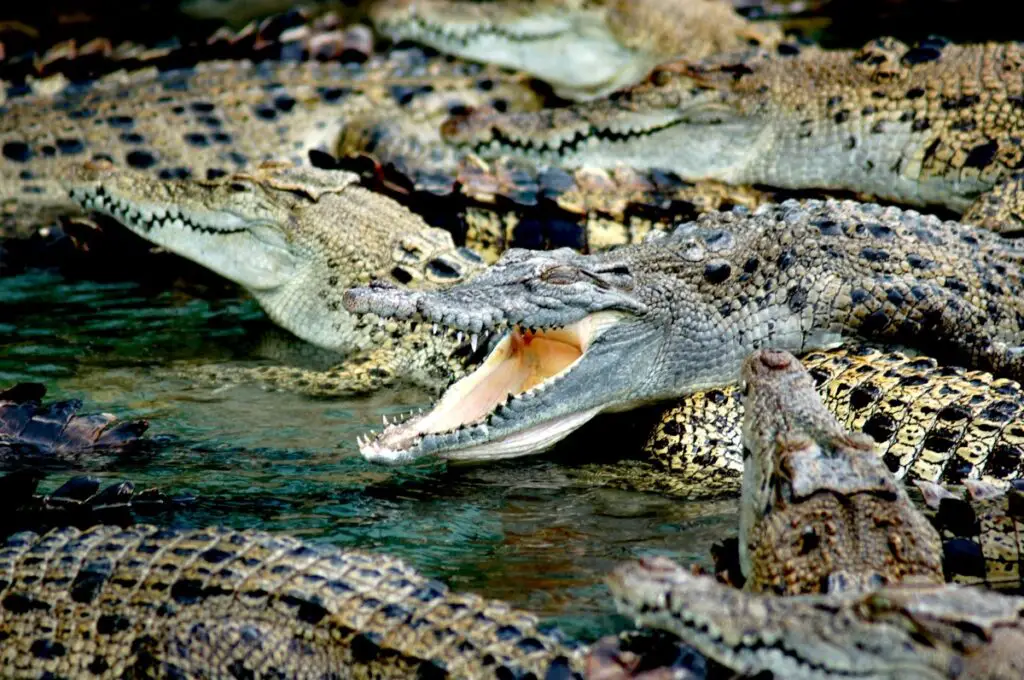
Crocodiles are basically the workaholics of the reptile kingdom, cruising rivers and coastlines well into what we’d consider “old age” without slowing down. Even as seniors, these scaly predators can still launch ambushes from the water, catching unsuspecting prey with lightning-fast strikes. Their success lies in a metabolism that’s optimized for low-energy hunting, meaning they don’t need to eat every day to stay in hunting shape. Older crocs often sit motionless for hours, saving energy but remaining primed to explode into action when a wildebeest—or fisherman—comes within range.
Despite decades of exposure to UV rays, bacteria, and aquatic toxins, their immune systems remain remarkably robust, allowing them to fend off infections that would cripple other species. They also keep patrolling their territories, making sure no rival crocodile gets too comfy in their stretch of riverbank. Conservationists note that some wild crocs over 70 are still mating and defending nesting sites with the same ferocity as juveniles. That’s why they earn a spot here: crocodiles defy the idea that aging equals decay. If you thought your 60s meant slowing down, spare a thought for a 70-year-old croc still nabbing dinner and demanding respect. Their longevity and unyielding predatory lifestyle teach us that sometimes aging gracefully just means sticking to what you do best—cunning, patience, and a killer instinct. In other words, crocs keep checking all the boxes for “keep hunting” even when you’d expect them to be retired.
7. Greenland Sharks That Out-Patrol Us All
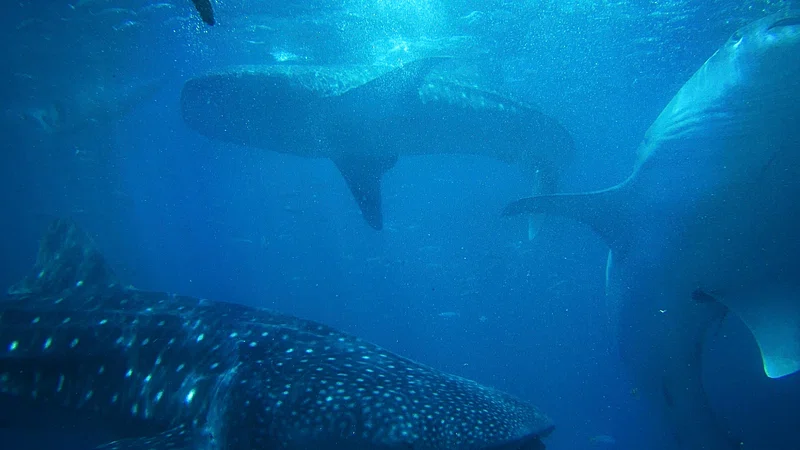
Meet the Greenland shark, the marathon swimmer of the deep, living up to 400 years and still cruising frigid Arctic waters with zero chill. These ancient behemoths navigate depths exceeding 7,000 feet, exploring underwater valleys no human has ever laid eyes on, and they do it at the same leisurely pace in their senior centuries as they did as young pups. Their slow-moving metabolism—just a few beats of their heartbeat each minute—lets them conserve energy and live nearly half a millennium. Despite this glacial pace, they remain deadly effective hunters, capitalizing on deepwater ambush tactics to snatch seals and fish that wander into their path. Scientists have found evidence of Greenland sharks scavenging polar bear carcasses, proving that age hasn’t dulled their opportunistic edge.
These sharks don’t just exist; they patrol territories that can stretch hundreds of miles, and tagging data shows elderly individuals still make long-distance forays across ocean basins. It’s why they’re on this list: Greenland sharks show us that extreme longevity doesn’t necessitate falling off the map. Imagine being over 200 years old and still exploring parts of Earth that no GPS can touch. If you complain about feeling slow at 60, remember a 300-year-old shark is probably snoozing at the bottom of the Arctic, waiting for its next meal. Appreciating a creature that ages so slowly might remind us to rethink our own life’s pacing—and possibly adopt a leaner metabolism strategy (minus the cold water). So next time you’re stuck in traffic, think of a Greenland shark gracefully slicing through dark ocean trenches, unbothered by time’s passage.
8. Alpine Ibex That Keep Climbing
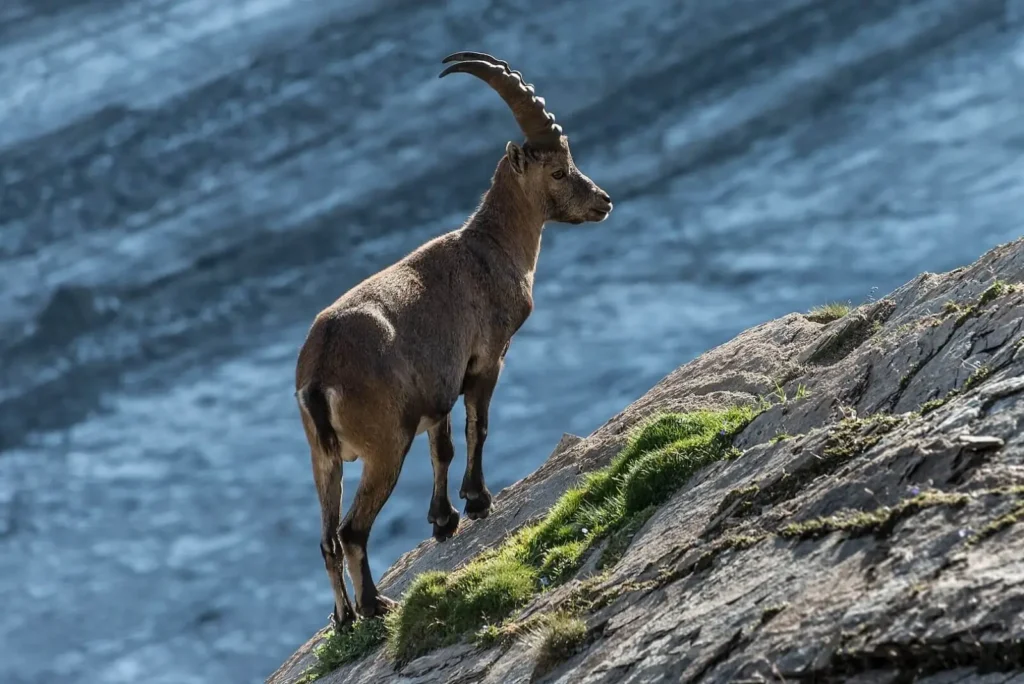
Alpine ibexes are the daredevils of the mountains, scaling sheer cliffs for tender grasses even when they’re nearing their prime-and-a-half. Senior males, known for their signature curved horns, still dart across rocky ledges to chase after mates or fend off rivals in testosterone-fueled brawls. Their hooves, with specialized ridged pads, remain so grippy that a 15-year-old ibex can outclimb a four-year-old kid on a playground slide. Seasonal migrations up and down the slopes keep these mammals exploring terrain from jagged peaks to verdant valleys, never letting aging muscles freeze up.
Wildlife biologists often spot gray-maned ibex patriarchs summiting peaks solo at dawn, demonstrating that leadership in the herd is less about size and more about sheer climbing prowess. They also maintain social hierarchies, with older males dispensing wisdom (and occasional horn-checks) to younger rams. That’s why they make this list: Alpine ibexes refuse to retire to lower elevations even as their muzzles gray. If you think retirement means downsizing to a beachfront condo, an old ibex is up there at 10,000 feet deciding which cliff face to conquer next. Their cartilage and tendon resilience have scientists studying mountain goat joints for insights into preventing human joint degeneration. By sticking to their steep home turf, these ibexes demonstrate that extreme old age can coexist with high-altitude exploration. In short, an Alpine ibex’s motto is “Climb on, climb strong, and keep climbing,” no matter how many winters have passed.
9. Macaws That Never Miss a Beat
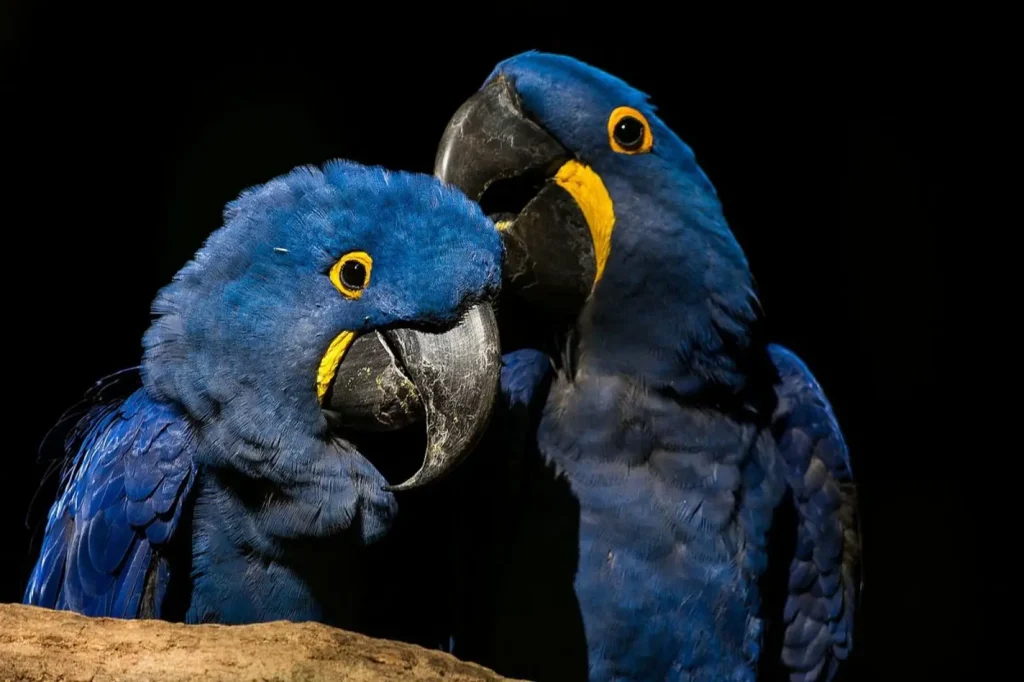
Macaws are like the rock stars of the rainforest—aging feathered divas that still court mates and forage with flair long after their middle age. In the wild, some blue-and-gold macaws in their 60s remain active members of flocks, playing aerial acrobatics to fend off rivals and attract partners. Their vibrant plumage may fade slightly, but their songs—rich and complex calls—carry the same youthful energy. Wildlife observers note that senior macaws still explore tens of acres of canopy daily, hopping from branch to branch in search of nuts, fruits, and clay wallows. Their beaks, tough as anvils, continue cracking open palm nuts that would stump many younger birds.
Even as they rack up decades, their social intelligence remains razor-sharp—they remember kin, rivals, and feeding locations that change with seasonal fruiting patterns. That’s why they qualify for this list: macaws combine longevity with an everlasting zest for life and exploration. Studying their brain’s nucleus rotundus region, where sensory processing resides, has given neurobiologists clues about maintaining cognitive sharpness during aging. If parrots can keep forging new neural connections to learn calls and navigate environments, maybe humans can too. Plus, watching an elderly macaw flirt and squawk reminds us that romance doesn’t have an expiration date. In essence, macaws prove that aging can be flamboyant, social, and adventurous—no cane or rocking chair required.
10. Wolves That Lead the Pack to New Territories

Wolves are the nomads of the wilderness, and even when their fur shows a dusting of gray, they still patrol pack territories and scout new hunting grounds. Older alpha leaders, often in their double-digit years, guide their packs through forest, tundra, and grassland, making strategic decisions about where to hunt elk or moose. Their survival secrets include a finely tuned sense of smell and hearing that only refines with age—no audiologist needed. Pack members rely on these seasoned alphas to lead nighttime hunts, and their experience can mean the difference between a lean winter and a feast.
Researchers tracking GPS-collared elder wolves have seen them venture dozens of miles into new territory, sniffing out unglaciated routes even when snow drifts top their shoulders. That’s why they make this list: wolves remain active hunters and explorers even as their muzzles turn silver. Ecologists study their parietal cortex—critical for spatial navigation—to learn how older wolves avoid obstacles and ambush prey despite slower reflexes. If humans could maintain that kind of spatial awareness past 70, we’d never get lost in grocery store aisles again. And if you think old age means sitting out the big game, consider an older wolf patiently working with younger packmates to take down an elk. In short, wolves epitomize “age with purpose”: they scout, strategize, and survive, proving that even in extreme old age, you can still run with the pack.
11. Orcas That Keep Surfing Into Their Silver Years

Orcas, the ocean’s top predators, treat their elder generation like legendary navigators, relying on matriarchs in their 80s to guide migrations and hunts. These venerable killer whales remember the location of salmon runs from when they were calves, teaching descendants the best fishing spots years—even decades—later. Unlike many mammals, older orcas don’t fade into retirement; they actively participate in hunts, using their massive bodies to create waves that wash seals off ice floes.
Marine scientists have documented octogenarian orcas leading family pods on 1,000-mile journeys, proving that even at advanced ages they have the stamina to cover vast ocean distances. Their brains, with complex neocortex folds, seem to preserve memory and social bonds exceptionally well, allowing them to maintain tight-knit family structures. That’s why orcas earn a spot here: they marry longevity with a lifelong commitment to leading and providing. Observations show that calves stick close to grandma orcas, illustrating how elder knowledge improves calf survival rates. Studying orca prefrontal cortex activity offers insights into social learning and leadership roles, potentially informing how human communities can better utilize senior wisdom. If you think retirement cruises are the pinnacle of senior life, orcas will remind you that sometimes grand adventures involve surfing killer whales rather than sipping piña coladas. In essence, these marine matriarchs demonstrate that aging is not a ceasefire but a continuation of influence, exploration, and, yes, wave-making.
